
About Factory
— Introduction of lead
Lead is one of the most valuable metals known to mankind. Due to its physical and chemical properties, such as flexibility and resistance to corrosion, it has been used in ancient civilizations. The history of lead smelting and extraction goes back at least 8000 years. Ancient Egyptians widely used this metal along with gold and copper.
Physical properties of lead:
327.4ºc = melting point
207.21 = atomic weight
1750 ºc = boiling point
82 = atomic number
Specific weight = 11.35 g/cm3 (at 20 ºc)
Gray = color
Crystal network = F.C.C
Lead alone is not optimally used in terms of mechanical properties, but its properties can be improved by adding some elements. Elements such as (Ca) calcium, (Sn) tin, (As) arsenic, (Sb) antimony.
One of the important properties of lead is to be resistant to corrosion in some acids, which has provided special uses for lead.
In the world, lead ingots are produced in two ways, in the first method, concentrate is produced from lead ore by flotation method, then by melting this concentrate in its own furnaces, such as Kaldo furnace, gross ingots are produced.
In the second method, using lead recycling from lead waste, including lead-acid automotive batteries and other waste, by adding inside the rotary furnace and melting the paste and grid inside the batteries, impure lead ingots are produced.



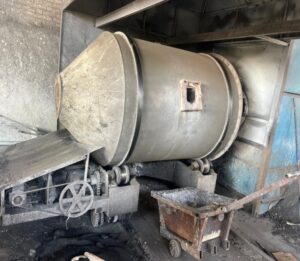
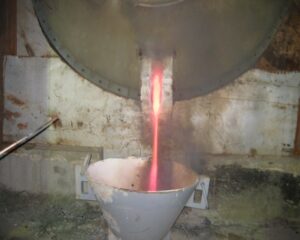
Then, the impure lead is transferred into the lead boilers and it is re-melted and purified through chemical treatment.

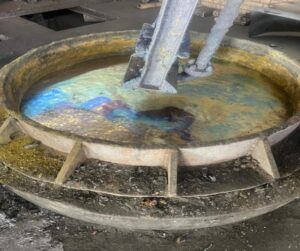
– Alloying and production of lead alloys
When the rotary furnace is charged with lead grids and closed bridges, the resulting lead is known as impure lead alloys. This lead in molten or frozen form is charged to boilers.
After completing the boiler capacity of 25 tons, they are first re-melted and slag is removed by stirring with a mixer. In order to determine the elements and metals present, samples are taken from the melt and sent to the laboratory. According to the analysis of the obtained melt and the production plan according to the order, different alloys can be produced by adding alloying elements such as antimony, tin, arsenic, selenium and calcium. While adding or reducing elements in the lead melt, samples are regularly To determine the percentage of elements, it is sent to the laboratory and analyzed.
— Refinement of lead and production of soft lead
From the rotary furnace, which is known as impure soft lead, in the form of molten or frozen (paste), the lead resulting from the melting of the paste is charged inside the purification boilers.
This lead is used to produce pure lead because it contains less metals and elements.
The method of purification and removal of elements and metals is based on the method of pyrometallurgy and oxidation, which means that as a result of blowing air and oxygen into the melt of antimony, arsenic, tin, aluminum, zinc, calcium and elements that have a high affinity with oxygen, They are oxidized when combined with oxygen. Due to the difference in melting point and specific gravity, these oxides float on the surface of molten lead (slag), which can be collected and removed.
The copper metal in lead is removed by adding sulfur and it is collected in the form of slag and removed from the melt. Along with these slags, which are collected from the melt, there is also a large amount of lead.
These slags are sent to the rotary furnace again to recover the existing lead and as a result of melting in the furnace Lead and other metals are recovered.

There are 2 lead refining or alloying boilers with a capacity of 25 tons in the factory, and each refining boiler works with a gas burner device. The refining capacity in the factory is 50 tons of lead per day. Each pot includes an outer shell, molten pot, refractory brick and torch.

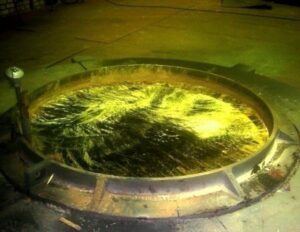
Pig machine, in which molten lead is poured into molds at the beginning of the machine, and at the end of the machine, it is separated from the machine as a solid.
The capacity of the machine is about 10 tons per hour, the amount of production can be adjusted.
This machine can be manufactured and prepared with different capacities with the number of 90, 120, 140, 180 and 220 molds.
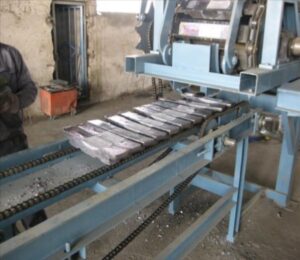
–Lead ingot weighing about 25 kg, which is bundled into 40 molds and weighing about 1000 kg for each bundle, is prepared to be sent to the customer.
These lead ingots are offered as refined lead ingots (soft lead) with a purity of 99.986% or as impure lead ingots (hard lead) with a purity of 99.3%.
The production capacity of the company is 50 tons of soft lead per day

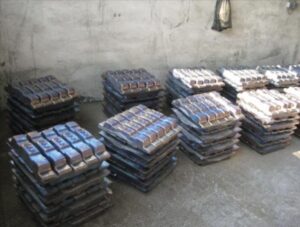
Pure Lead Ingots ( 99.97%)
Elements Composition in %
Antimony (Sb) 0.001% (max)
Arsenic (As) 0.001% (max)
Tin (Sn) 0.001% (max)
Copper (Cu) 0.001% (max)
Bismuth (Bi) 0.030% (max)
Iron (Fe) 0.001% (max)
Nickel (Ni) 0.001% (max)
Silver (Ag) 0.005% (max)
Zinc (Zn) 0.001% (max)
Calcium (Ca) 0.0005% (max)
Sulphur (S) 0.0005% (max)
Aluminum (Al) 0.0005% (max)
Lead (Pb) 99.970% (max)
– Filtration and dust collection system
Smelting furnaces and lead purification boilers in all lead recycling units from spent batteries are equipped with hoods to collect smoke and dust from the smelting operation.
These dusts are directed by communication channels from the hood to the gas cooler and from there to the filtration system, which are often dust filters.
The collected dust is re-directed through a separate process into the furnaces for remelting.
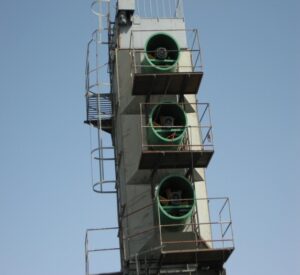





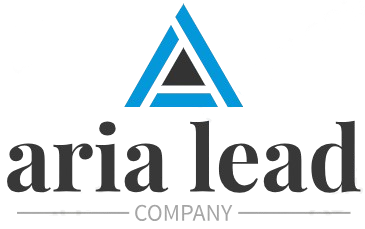
0 comments